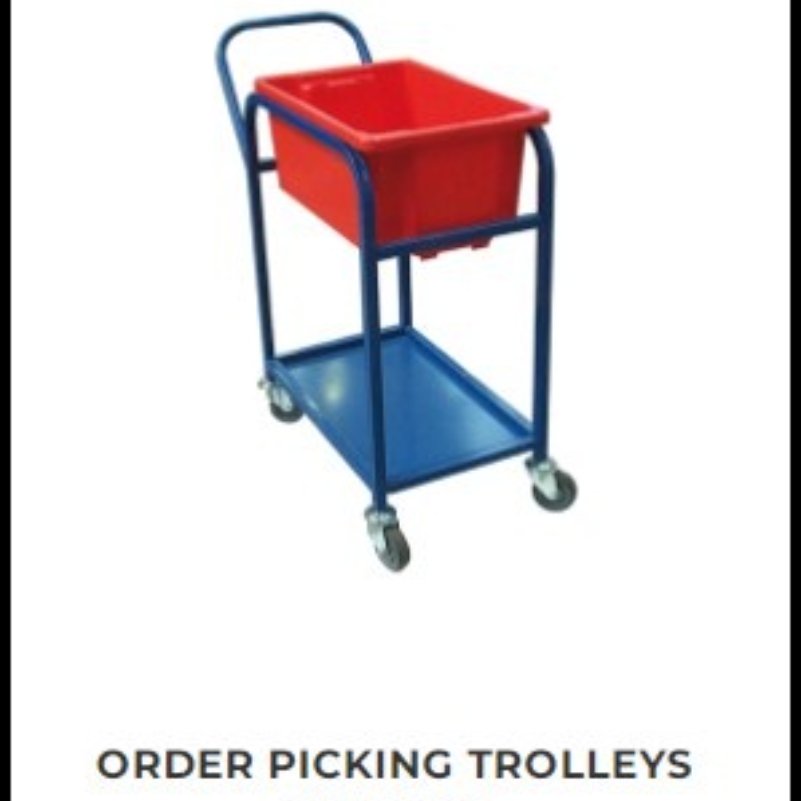Assessing the Damage
The first step in handling damaged material handling equipment is a thorough assessment. This evaluation should be carried out by trained personnel familiar with the specific equipment in question. Begin by identifying visible signs of damage, such as dents, cracks, or malfunctions, and document them to create a comprehensive report.
Next, evaluate the potential causes of the damage, which may include overloading, improper use, lack of maintenance, or even external factors like accidents or natural disasters. This understanding will aid in devising an appropriate recovery plan and preventing similar incidents in the future.
Prioritizing Repairs and Replacement
After assessing the damage, it's essential to prioritize repairs and replacement based on the severity of the issues. Minor damages or malfunctions can often be rectified through routine maintenance or by replacing individual components. Engage with authorized service technicians or manufacturers to ensure that proper repair protocols are followed, and only genuine spare parts are used.
In cases where the damage is beyond repair or the cost of repair outweighs replacement, it may be more practical to invest in a new piece of equipment. While this upfront cost can be significant, the long-term benefits of increased productivity, reduced downtime, and enhanced safety will prove advantageous.
Temporary Mitigation Measures
During the period between identifying the damage and completing the repairs or acquiring a replacement, temporary mitigation measures should be implemented to prevent further harm and operational disruptions. Such measures may include limiting the usage of the affected equipment, redistributing the workload to other functioning machines, or even manually handling tasks if feasible.
Safety First
While handling damaged Material Handling Equipment in New Zealand, safety should be the top priority. Clearly demarcate the damaged equipment, restricting access to authorized personnel only. Additionally, provide appropriate personal protective equipment (PPE) to those working in the vicinity and communicate potential risks to the workforce.
Implementing Preventive Measures
Prevention is always better than cure, and this adage holds true for material handling equipment as well. To minimize the occurrence of damage and optimize the lifespan of your equipment, consider implementing the following preventive measures:
- Regular Maintenance: Create a maintenance schedule tailored to each piece of equipment. Regular inspections and maintenance can help identify potential issues early on and extend the lifespan of your machinery.
- Operator Training: Properly trained operators are less likely to misuse or mishandle equipment, reducing the risk of damage. Invest in comprehensive training programs that cover equipment operation, safety protocols, and emergency procedures.
- Load Management: Overloading is a common cause of equipment damage. Ensure that operators adhere to weight limits and guidelines specified by the manufacturer.
- Safety Protocols: Establish and enforce safety protocols for all material handling activities. This should include proper storage, handling, and transportation procedures.
- Environmental Considerations: Protect equipment from adverse weather conditions, extreme temperatures, and other environmental factors that may accelerate wear and tear.
- Data Monitoring and Analysis: Implement equipment monitoring systems that track performance metrics and detect anomalies. Analyzing data can help predict potential failures and take proactive measures.

